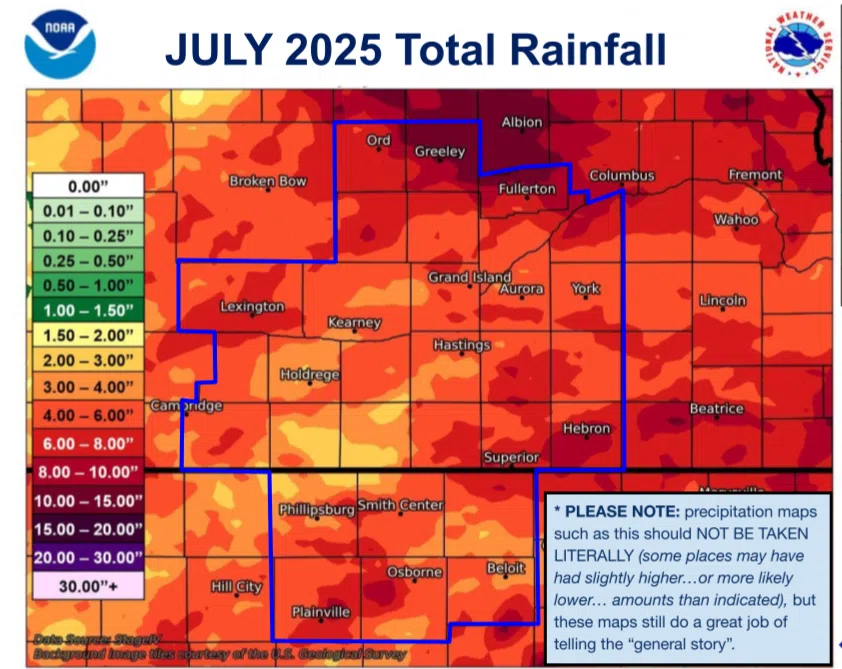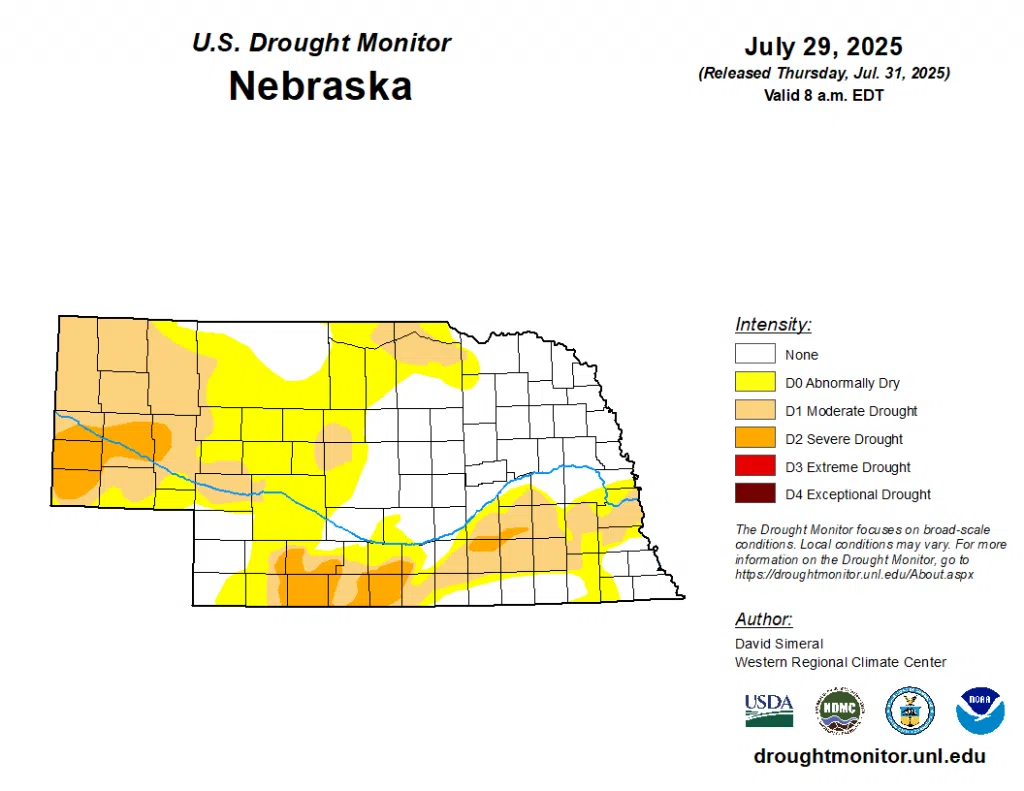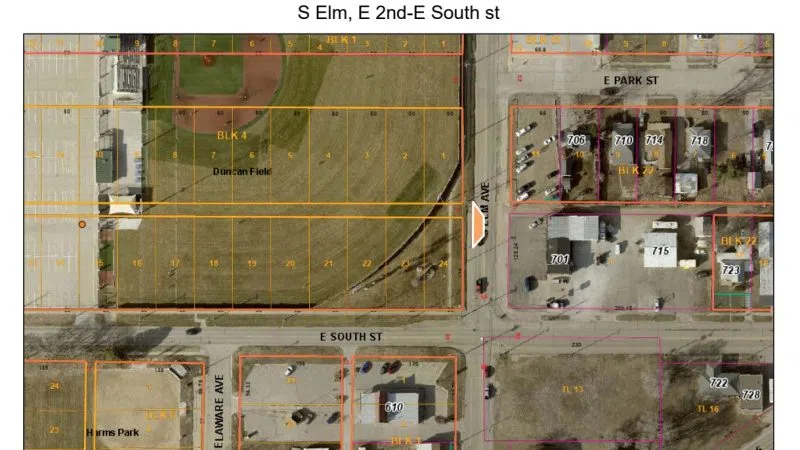
July 2025 precipitation amounts across central Nebraska, (NWS Hastings, Courtesy)
HASTINGS — July rainfall was variable across central Nebraska, with some places seeing as high as 11 inches to as low as two inches. Overall, most places saw higher than usual amounts
According to the National Weather Service – Hastings, the majority of the region saw between 3.15 to 7.0 inches. The overall wettest counties included Greely, Nance and Thayer and the driest were Harlan and Franklin counties.
The areas that saw the highest precipitation amounts included the Hebron airport with 11.76 inches; Chester, 10.95 inches; Hebron, 10.52 inches – the 5th wettest July for the community on record; Genoa, 10.03 inches; Spalding, 9.66 inches and Osceola, 9.35 inches.
The driest areas included Naponee, 2.14 inches; Harlan County Lake, 2.15 inches, Orleans, 2.40 inches, Holdrege, 2.46 inches; Alma, 2.47 inches and Beloit, Kan., 2.74 inches.
The Tri-Cities Airports recorded the following during July:
- Grand Island, 3.20 inches, or 91 percent of normal
- Hastings, 4.91 inches, the wettest July since 2011
- Kearney, 3.53 inches, 105 percent of normal
For reference, normal July precipitation across most of the forecast area ranges from 4.20 inches to 3.20 inches.
Nebraska has seen modulating drought conditions, with the past two months bringing beneficial rainfall to most areas.
In central Nebraska, there are still severe drought, D2, conditions across southern Phelps and nearly all of Harlan County.
For the Tri-Cities area, Buffalo County sees abnormally dry, D0, conditions in the west, Hall County is nearly drought free and Adams County sees moderate drought, D1, conditions from its northeast to southwest.
“During the past 30 days, drought-related conditions have improved significantly in northern Kansas, eastern Nebraska, southeastern and southwestern South Dakota, and southwestern North Dakota as evidenced in a variety of drought monitoring products including streamflows, soil moisture, and vegetation health indicators,” per the U.S. Drought Monitor update for the High Plains.

The drought conditions across Nebraska as of July 29, (U.S. Drought Monitor, Courtesy)














